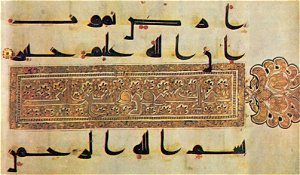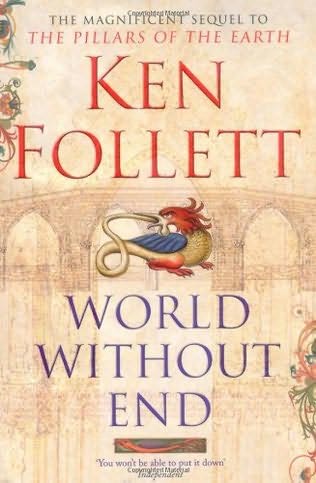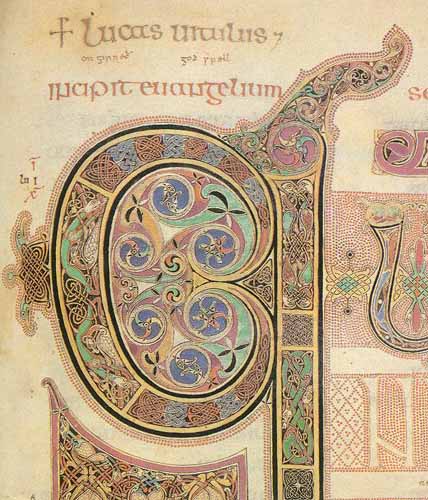
By Kirsty Munro
It might be hard to imagine, as we embrace the warm weather in flimsy sundresses and eyelet lace blouses, but designers want to protect us. In the Northern Hemisphere, shoppers are armouring up, thanks to autumn-winter 2007 fashions that reflect a predilection for medieval style.
Burberry Prorsum was a key collection that embraced the modern armour look.
According to Burberry creative director Christopher Bailey, the inspiration came from the company's horse-and-rider logo. "It was a knight in shining armour, that medieval thing," he says.
He also said it was time for women to feel protected, which - judging by the heavy pyramid studs, padded leather, chain mail details and gauntlet gloves seen at the collections - they certainly will. Some of the items could be classed as restricted weapons.
Trends forecaster Tony Bannister says it has been steadily building. "It started as a colour trend," he says, citing last winter's love affair with metallics. "Also, hoods have become important, not just on jackets as you would traditionally see them, but on tops and dresses."
Bannister says soft knitwear has developed into a layered, wrapped look, similar to medieval tunics worn over leggings.
"It's enveloping and makes the wearer feel protected," he says. "There's also a move to protective garments with stitching that mimics armour, rivets and studs and quilting."
Bannister feels there are two quite distinctive trends emerging for both men and women. One is glamorous, with metallic details, flowing velvets and brocades - quite a medieval feel. The other, he says, is emerging in casual wear, especially for men. "We're calling it Storm Troopers and it's more aggressive, with padded leather jackets, knee pads and studs. I think it reflects the political climate."
Of course, it's easy to read too much into fashion trends, but the last time the "armour" trend swept through fashion, the world was feeling very uncertain. In 2003, designers embraced medieval influences in a more obvious, costume way. Former Jil Sander designer Milan Vukmirovic was inspired by the film Excalibur and Karl Lagerfeld was working a futuristic take on Renaissance gowns.
At the time, Europe enjoyed two very influential exhibitions: one in Geneva featuring the work of Milanese armourists for the kings of France and Spain and the other in the Netherlands, called Armour, curated by trends forecaster Li Edelkoort.
Gathering chain mail pieces by Paco Rabanne and Helmut Lang, padded jackets and hefty knits, Edelkoort said at the time, "I think [the armour trend] is a long-term change and that we are going to incorporate violence and the defence against it."
Two years after the London bombings and six years after the attacks of September 11, we still fear terrorism, and anyone who braved the streets of Sydney over the APEC weekend can testify that even the most benign cities can become a fortress. When the police are all in riot gear and you have to pass three checkpoints to buy your morning coffee, it's hard not to feel vulnerable.
This time around, however, the influence of fear is subtler and rather more glamorous.
The metal-studded trench coats, padded leather gauntlets and thigh-high boots in collections by Burberry and Chanel were part medieval, part rock'n'roll.
Alexander McQueen also took on a medieval theme but his interest was more gothic, focusing on the witch trials with emerald velvet gowns, silver beading and cloaks that would have suited Morgan Le Fay.
Roberto Cavalli turned model Agyness Deyn into a medieval biker babe with heavy metal embroidery, to mimic chain mail, on leather.
London designer Christopher Kane moved on from fluoro to heavy velvet gowns spliced with leather - inspired, he says, by French history painter Paul Delaroche's The Execution of Lady Jane Grey.
Marios Schwab, a contemporary of Kane, kept his collection tight to the body but gave protection in the form of iridescent metal plates on bodices and wrapped figures in soft fleece pieces. Kane and Schwab seemed to owe a creative debt to Romeo Gigli, who was the 1980s answer to that other medieval revivalist, William Morris. Even Matthew Williamson, purveyor of Ibiza hippie-glam, presented a collection of heavy metallic brocades, jacquards and jewel-toned satins.
At the July haute couture shows, the Chanel models were kitted out in hoods, tabards, gauntlets and sweeping coat dresses over leather leggings, ready for battle. Jean Paul Gaultier presented a series of fairytale princes, striding in slim leather leggings and ornate velvet jackets that echoed Hans Holbein's swaggering noblemen.
Thankfully, no designers were influenced literally by Joan of Arc, as John Galliano was last year at Christian Dior. The dour grey suiting and the unfortunate medieval-style pudding basin haircuts were far from flattering.
Two coming movies may very well influence designers to move their medieval musings up to more modern times. Cate Blanchett will reprise her role as Queen Elizabeth I in Shekhar Kapur's Elizabeth: The Golden Age while Scarlett Johansson and Natalie Portman will vie for the affections of Henry VIII in The Other Boleyn Girl.
If anyone can make a Tudor gable hat look good, Johansson and Portman can. And before you say, "how can we possibly translate Tudor style to modern life?", remember Marc Jacobs's autumn-winter 2007 collection for Louis Vuitton which was inspired by 17th-century painter Jan Vermeer and, specifically, Johansson in Girl with a Pearl Earring.
Jacobs drew on the colours, the soft draping and the distinctive hats to create a perfectly wearable collection. The little things - the colours, the fabrics, a sleeve detail - will inspire.
As Sass & Bide designer Heidi Middleton says, "It could be just the puff of a sleeve or the trim or the buttons.
"Quite often the beginnings of an idea will come from a vintage detail; it will never look obvious."
Whether continuing global unrest will push fashion to the warrior extremes of Mad Max: Beyond Thunderdome, remains to be seen. But you should dig out your shoulder pads now - forewarned is forearmed.

































